HART-IP Overview
Using the existing network infrastructure, Users can now integrate intelligent device measurement and diagnostic information with their productivity, planning, historian or other applications anywhere in the world.
To address growing industry demand for accessing data over Ethernet, the HART Communication Foundation added a new capability to the HART Protocol Specification.
HART-IP technology delivers yet another HART communication option to provide access to intelligent device and process information, 24/7.
HART-IP technology enables:
-
standardized plant-wide deployment
-
remote access to the device level from anywhere in the world
-
intelligent device management using Ethernet or WiFi
-
easy integration to automation systems
HART-IP is an additional connection option that facilities host level systems and asset management applications to access and integrate measurement and device diagnostics information from HART-enabled field devices using the existing plant networking infrastructure.
As shown in the graphic image, HART-IP delivers the information to higher level applications (SCADA, CMMS, DCS, ERP and others) from both wired and wireless devices.
How It Works
HART-IP adapts the HART technology for the world of the Internet, allowing the exact same HART Protocol to run over an IP-based connection … delivering valuable information from HART-enabled devices at the speed of Ethernet.
This means that the standard Ethernet infrastructure that is used today in most plant and control systems is now able to run the HART application layer and protocol over the same Ethernet and TCP/IP layer without interference or need for dedicated cables.
No Data Mapping
A HART-IP backhaul network enables software applications to gain direct access to information in devices such as WirelessHART gateways, multiplexers, remote I/O and other devices without having to perform any data mapping through intermediate Modbus or OPC converters.
HART-IP uses the simple, reliable, and easy-to-use HART Protocol over IP-based networks such as Ethernet and Wi-Fi. HART-IP works over UDP and TCP using IPv4 or IPv6. The HART-IP application layer is based on the same application layer commands as 4-20mA HART and WirelessHART technology enabling rapid product development and user acceptance.
No Communication Disruption
Industrial Ethernet offers a wide range of benefits compared to RS485. For instance, process data and IT data can be transmitted over a common medium. HART-IP does not interfere with or disrupt existing communication over the Ethernet TCP/IP channel. There is a large address space with an almost unlimited number of participants available and by cascading switches, large network expansions are possible.
In addition, larger amounts of data can be transferred efficiently and the combination of different transmission media is possible (cable, optical fiber, radio).
HART-IP works over:
- Standard Ethernet (IEEE 802.3), both copper and fiber
- Wi-Fi (IEEE 802.11) equipment, both consumer and industrial grade:
- LAN switches
- routers
- access points
- cables
- connectors
High-end IEEE 1588 Precision Time Protocol (PTP) and Rapid Spanning Tree Protocol (RSTP) compliant switches are not required.
No Dedicated Network
HART-IP uses the same industry standard plant Ethernet network that supports many protocols eliminating the need for a dedicated network. Devices can pick out the messages meant for them and disregard all the rest. When different devices communicate the same protocol, they set up seamless communication using this industry standard.
Because the application layer is the same for HART field devices as HART-IP, time consuming and error-prone data mapping (using Modbus RTU or TCP/IP) is eliminated, making HART-IP the most simple to use and suitable backhaul network for WirelessHART gateways and other 4-20mA HART multiplexers and remote I/O.
Simple to Use
HART-IP is a simple-to-use, high-level application protocol independent of the underlying media. Thus HART-IP can utilize system designs using redundant Ethernet media as well as mesh or ring topologies. Similarly, HART-IP can run over Power over Ethernet (PoE) for such infrastructure and devices. Various speeds like 10 Mbit/s, 100 Mbit/s, and 1 Gbit/s etc. are supported.
HART-IP offers the most straightforward method to access large amounts of all the standard HART information available in a HART device coming from products that concentrate many measurement points into a single output. It allows the information from these devices to be brought up to the Ethernet level easily, without the need to go through any translation processes and with no loss of information.
HART-IP works with any IP-enabled device including:
- Packet radio
- SAT-radio
- WiFi
- Cell nets, etc.
This makes the HART-IP enabled network compatible with commercial and industrial grade LAN switches, fiber optic media converters, WiFi access points and related plant network equipment.
HART-IP Benefits
HART-IP-enabled devices and host systems will connect by simply plugging both into standard Ethernet switches on the same network. HART-IP does the work for you!
The HART Protocol contains a wealth of data about the status of the process or a device. Today’s ERP, data historians and asset management systems live off data; and the computers that run these applications are almost always connected to an Ethernet network.
By using HART-IP, crucial diagnostic and process information will be fed to that application seamlessly, painlessly and quickly without additional or special connections.
BENEFITS of HART-IP:
- enables enterprise-wide access to valuable device measurement and condition-based diagnostic information as well as process related data;
- connects to existing plant networking infrastructure;
- eliminates the need to configure communication paths by using standard networking understood and supported by plant IT resources without the need for specialized communication equipment;
- provides fast and simple access to large scale integration of information that contributes to a proactive maintenance strategy; and
- is compatible with and can utilize robust industry-standard security techniques.
Users can access device information from a safe, remote location to configure, monitor, adjust, commission, check status or troubleshoot HART-enabled devices.
In addition, HART Registered devices and systems are tested and confirmed to work together to assure device and system interoperability.
HART-IP reduces the system integration burden by providing an easy-to-use, seamless native interface for underlying 4-20mA HART-enabled andWirelessHART devices.
Enterprise level and control application software has direct access to information in WirelessHART and 4-20mA HART devices via the HART-IP backhaul network:
- without having to perform any data mapping of process variables etc.
- without any “interface management” coordination in devices and software associated with Modbus, OPC, and other PLC protocols.
HART-IP connects multiplexers and WirelessHART gateways covering different units and different plant areas into a single large-scale system enabling plant-wide wired and wireless sensor network coverage.
Data from sensors across the entire plant can be collected and distributed:
- to operators in the control room
- to instrument technicians, maintenance and reliability engineers
- to different levels of management across the enterprise.
HART-IP can facilitate the mobile operator and technicians by providing them access to process data using their cell phones, iPads and other mobile devices.
Source : hartcomm.org

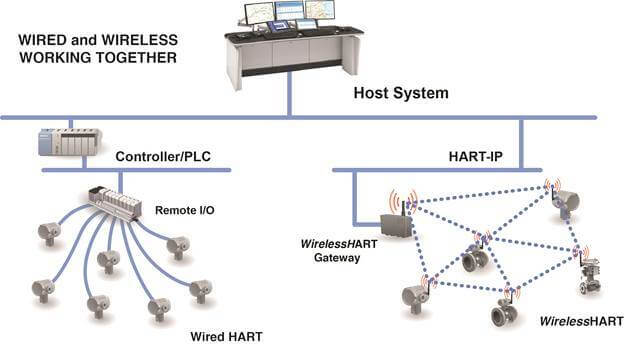
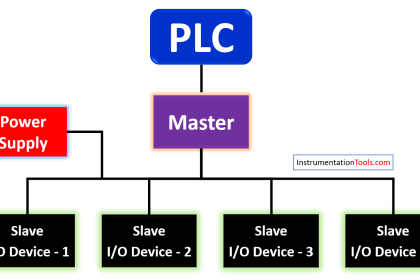
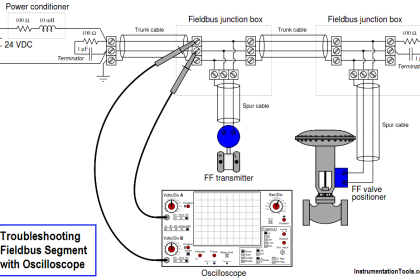

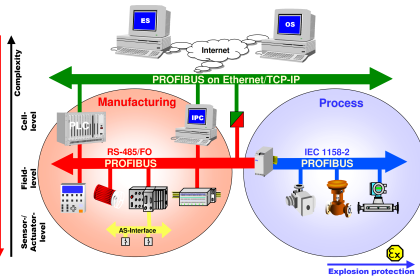


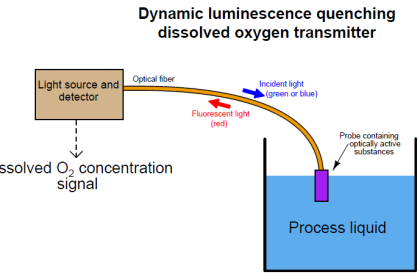

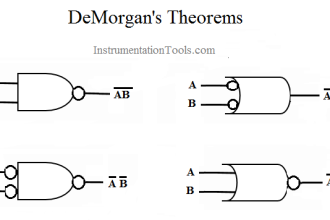
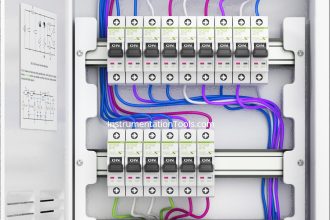
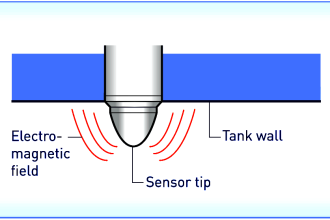
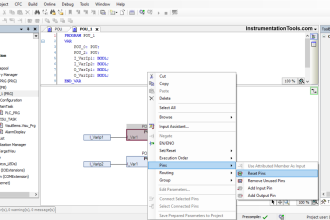

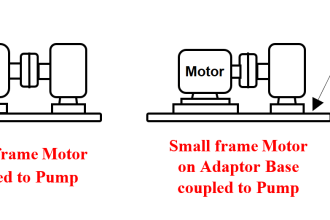
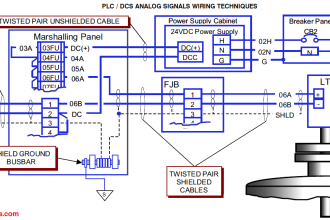


Hart-IP sound great, but I am still hope to understand how the Emerson AMS able to communicate all field device via Hart-IP.